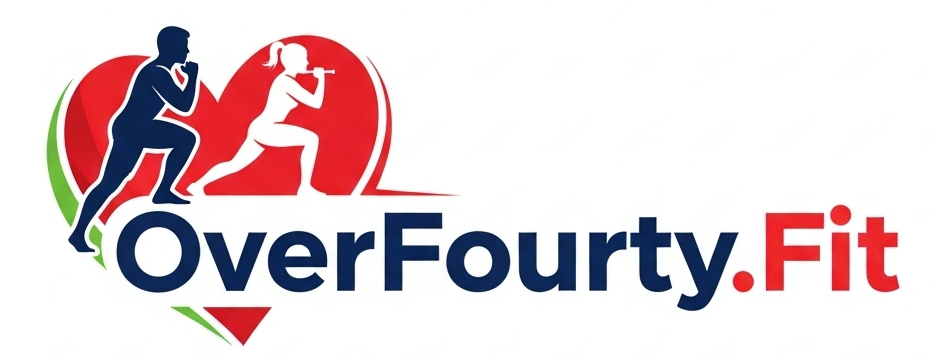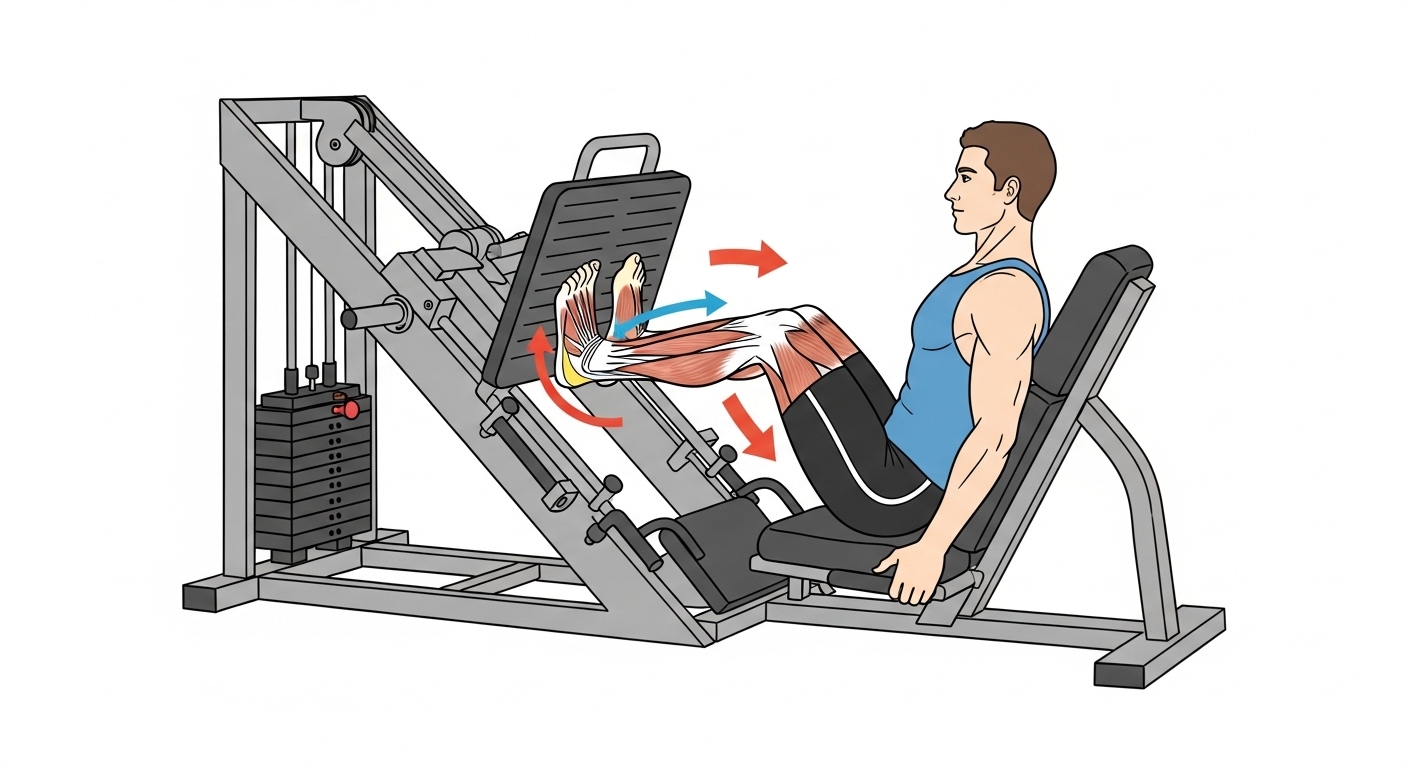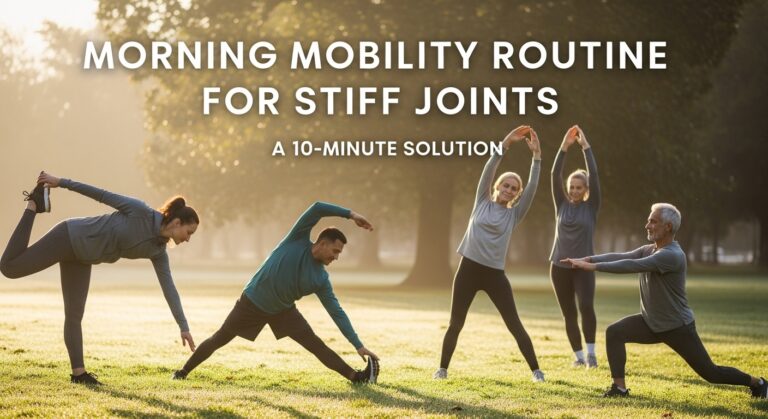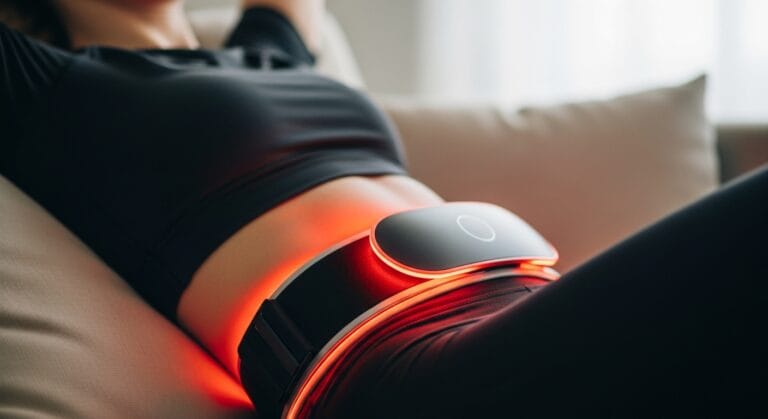Soleus Muscle Exercises: Build Strength, Support Your Joints, and Boost Performance
Why Your Soleus Muscle Deserves More Attention
Most people only train their calves but often overlook the soleus, a deep muscle that plays a crucial role in endurance, stability, and injury prevention.
If you have ever experienced sore shins, tight calves, or Achilles tendon pain, your soleus muscle may need extra attention.
The soleus sits underneath your gastrocnemius, which is the visible calf muscle, and is crucial for activities like walking, running, and jumping. Unlike the gastrocnemius, it is activated most when your knee is bent, meaning standard calf raises often miss it.
The Science Behind Soleus Muscle Exercises
According to the American Journal of Sports Medicine, targeted soleus strengthening can reduce running injuries by improving lower-leg stability and tendon support.
The soleus is a slow-twitch, endurance-focused muscle, meaning it functions optimally under prolonged tension and moderate resistance. Strengthening it can:
- Support your Achilles tendon
- Improve running performance
- Reduce shin splints and calf cramps
- Boost ankle stability
Related Read
The Hidden Heart in Your Leg: Why the Soleus Muscle is a Circulatory Superhero
Top Soleus Muscle Exercises With Instructions
1. Seated Calf Raises (Bent-Knee Focus)
- Sit with knees bent at 90 degrees and feet flat.
- Place a weight, such as a dumbbell or barbell, on the thighs above the knees.
- Lift your heels slowly, hold for 2 seconds, then lower down.
- Perform 3 sets of 15 to 20 reps
Tip: This is the gold standard for isolating the soleus.
2. Wall Sit Calf Raise
- Lean against a wall in a wall-sit position.
- Lift your heels while keeping your knees bent.
- Hold for 1 to 2 seconds, then lower slowly.
- Perform 3 sets of 12 to 15 reps
3. Soleus Stretch for Flexibility and Recovery
- Stand facing a wall, one foot back.
- Bend both knees slightly while keeping heels on the floor.
- Lean forward to stretch the deep calf muscle.
- Hold for 30 to 45 seconds per side.
4. Jump Rope Warm-Up for Soleus Activation
- Keep knees slightly bent.
- Jump lightly for 1 to 2 minutes.
- Warms up both gastrocnemius and soleus before training.
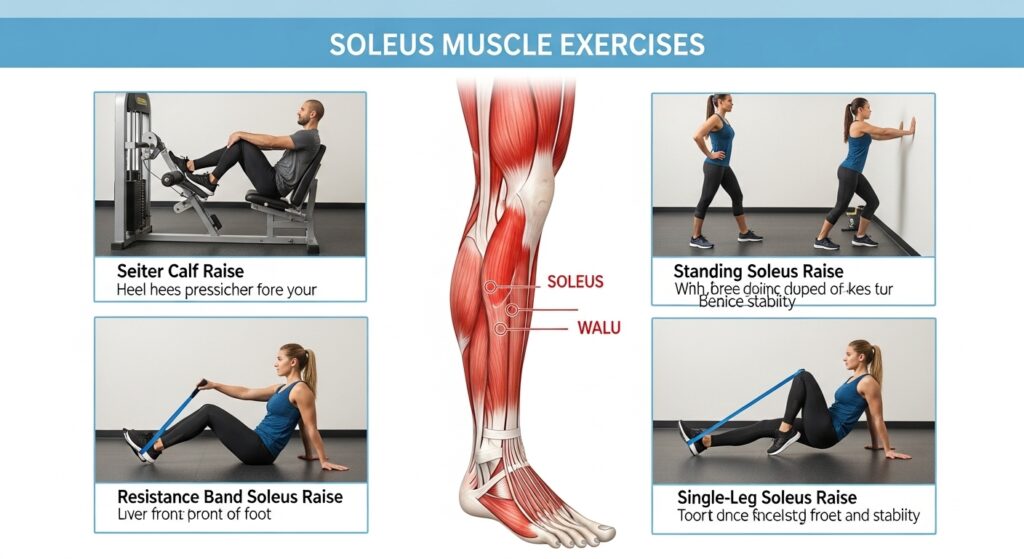
How to Fit Soleus Muscle Exercises Into Your Workout
Add soleus exercises two to three times per week, especially if you run, play sports, or do leg-heavy workouts.
A simple plan:
- After leg day: three sets of seated calf raises
- On cardio days: wall sit, calf raises post-run
- Weekly mobility session: soleus stretch
Common Mistakes to Avoid
- Doing only standing calf raises – This mostly works the gastrocnemius, not the soleus.
- Using too much weight – The soleus responds best to time under tension.
- Skipping flexibility work – A tight soleus can limit ankle mobility.
The Bottom Line About Soleus Muscle Exercises
Your soleus might be hidden, but it is one of the most important muscles for lower-leg health and performance.
Training consistently can help you run longer, jump higher, and stay injury-free.
Start adding bent-knee calf exercises today and notice the difference in just a few weeks.
Does the soleus muscle reduce blood sugar?
Yes, recent research suggests that activating the soleus muscle (particularly through low-intensity, sustained contractions like “soleus pushups” while seated) can help regulate blood sugar. The soleus plays a role in using glucose and fat for energy, even when you’re not doing intense exercise, making it helpful for improving metabolic health and potentially lowering blood sugar levels.
What are the symptoms of a weak soleus?
A weak soleus muscle may lead to:
Reduced push-off strength while walking, running, or climbing stairs
Calf fatigue or cramping during prolonged standing or activity
Poor balance and ankle instability
Difficulty with activities involving sustained plantar flexion (pointing toes down)
Possible Achilles tendon strain due to overcompensation by other muscles
What are the benefits of soleus training?
Strengthening the soleus can provide:
Improved endurance for walking, running, and cycling
Better balance and stability in the ankle and knee
Reduced injury risk for the Achilles tendon and lower leg
Enhanced circulation in the lower legs, reducing swelling
Improved metabolic health, including better blood sugar control
How to loosen a tight soleus?
You can relieve tightness with:
Bent-knee calf stretch: Stand facing a wall, bend your knee slightly, and lean in while keeping your heel on the ground (targets soleus instead of gastrocnemius).
Foam rolling: Gently roll the lower half of your calf with a foam roller or massage ball.
Ankle mobility drills: Gentle ankle circles and dorsiflexion stretches.
Warm compress or light massage before stretching to improve blood flow.
Gradual warm-up before intense activity to prevent tightness.
What are Soleus Muscle Exercises?
Soleus muscle exercises are movements designed to target and strengthen the soleus, a deep calf muscle located beneath the gastrocnemius. These exercises typically involve bent-knee calf raises, seated calf raises, or isometric holds, which work the soleus more than the gastrocnemius. They help improve ankle stability, endurance, blood flow, and lower-leg strength while reducing injury risk.
